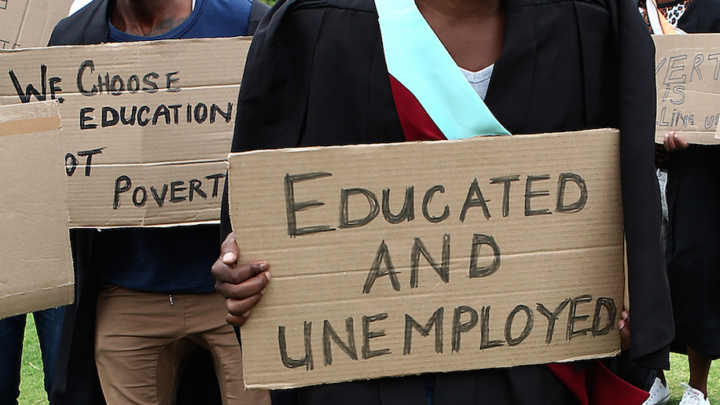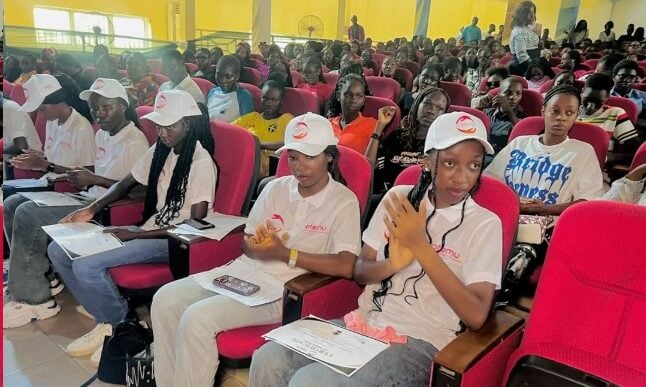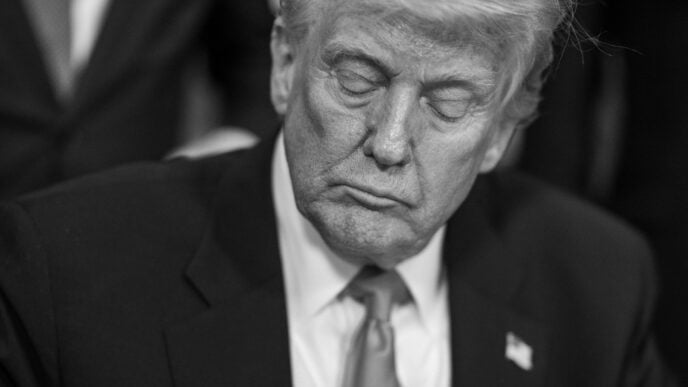When the National Bureau of Statistics (NBS) released the latest internally generated revenue (IGR) figures for 2024, several state governments were quick to celebrate. From Enugu’s record-breaking N180 billion to Rivers’ N317 billion and Lagos’ colossal N1.26 trillion, the numbers seemed to tell a story of growing fiscal independence. But a deeper look at the books, especially when debt levels are placed side-by-side with revenue, tells a different story. Despite impressive IGR numbers, most Nigerian states remain deeply reliant on the federal government’s monthly allocations to stay afloat. Their debt burdens, in some cases 10 to 14 times their internal earnings, reveal that what appears to be progress on paper is still underpinned by a fragile fiscal foundation.
According to the Debt Management Office (DMO) data, Nigeria’s 36 states and the Federal Capital Territory (FCT) owed a combined N11.65 trillion as of 2024, nearly three times the IGR they collectively generated in the same period (N3.63 trillion).
Kaduna, Bauchi, Ebonyi, and Adamawa top the debt-to-IGR chart, each owing more than 1,000 percent of their internally generated revenue. In practical terms, Kaduna would need 14 years of its entire IGR to clear its current debt stock if it stopped all other spending.
Even states that appear rich are not spared. Imo, Cross River, and Benue all owe debts eight times greater than their annual revenue. Only a handful, FCT and Jigawa, maintain ratios below 70 percent. The numbers show that revenue growth has not translated into financial independence. Instead, many states are trapped in a cycle where new borrowing and federal transfers cover old obligations, creating an illusion of solvency.
Advertisement
Nigeria’s fiscal structure still heavily favours the centre. Every month, governors line up at the Federation Accounts Allocation Committee (FAAC) to receive their share of federally collected oil and non-oil revenues.
A look at FAAC disbursements from 2024 reveals that, on average, states received between 60 and 80 percent of their total income from the federal purse. Even Lagos, with its trillion-naira IGR, still collects an average of N35–N40 billion monthly from FAAC funds that support its massive wage bill and infrastructure projects.
For poorer states, this dependency is existential. Without the federal government allocations, several northern states — including Yobe, Sokoto, and Gombe — could struggle to pay salaries or run essential services.
Advertisement
The irony is that some of these same states recorded “impressive” IGR growth in recent years, often through aggressive tax drives, multiple levies, and enforcement measures rather than real economic expansion.
When numbers don’t tell the full story
Take Enugu, for example. The state’s IGR jumped from N35 billion in 2023 to N180 billion in 2024 — a whopping 433 percent increase. Yet, a deeper dive into the components shows that a large portion of the surge came from the Ministries, Departments, and Agencies (MDAs), whose revenue grew more than 1,200 percent in one year.
Such jumps are rarely the result of sudden industrial growth. They often reflect policy-driven adjustments, new fees, expanded tax coverage, or arrears collected in a single fiscal cycle, rather than broad-based productivity gains.
Advertisement
In essence, IGR may be rising, but the underlying economy remains stagnant. Without a vibrant private sector, states simply cannot sustain these numbers over time. And when revenue collection plateaus, debt becomes the next available option.
Nigeria’s fiscal paradox is that states with high IGR often also have high debt. Ogun, Oyo, and Rivers fall into this category, economies large enough to raise substantial revenue, yet burdened by heavy borrowing to fund infrastructure and recurrent obligations.
This paradox underscores a key point: IGR is not synonymous with wealth. It measures how much the government collects, not how much its citizens or businesses produce. A state can grow its tax base without improving citizens’ welfare, especially if taxes rise faster than income.
According to a 2023 PwC SME survey, 63 percent of small businesses in Nigeria view multiple taxation as a major barrier to growth. When state revenue agencies focus on extraction instead of enabling production, they risk suffocating the very economic activity that sustains them.
Advertisement
In a discussion with some friends last week, I argued that the debt-to-IGR map exposes deep structural inequalities between Nigeria’s states. Take, for example, Northern states like Kaduna, Bauchi, and Adamawa, which show extreme debt ratios, reflecting limited private-sector activity and an over-reliance on public borrowing. Southern states like Lagos, Rivers, and Delta perform better, largely due to more diversified economies and stronger administrative capacity.
But even among high-performing states, there are warning signs. Lagos’ debt stands at N2.77 trillion, the highest in the country, and while its IGR makes this sustainable for now, a slowdown in business activity could quickly shift the balance.
Advertisement
One thing we can all agree on is that without reforms in tax policy being carried out by the Taiow Oyedele-led presidential tax committee, debt management, and inter-governmental transfers, Nigeria risks creating a two-tier federation: one group of states surviving on internal capacity, and another perpetually dependent on Abuja’s generosity.
The argument I have seen on X is that supporters of politicians and even State officials often equate rising IGR with autonomy, but autonomy is not just about revenue numbers; it’s about control over spending, borrowing, and long-term planning.
Advertisement
Many states continue to borrow heavily for recurrent expenditure, using loans to pay salaries and political appointments rather than investing in productive assets. In such cases, higher IGR only delays the inevitable, fiscal distress.
The Fiscal Responsibility Commission (FRC) has repeatedly warned that debt-to-revenue ratios above 400 percent are unsustainable. Yet, more than 20 states now exceed that threshold, suggesting that the majority of Nigeria’s subnational governments are operating beyond prudent limits.
Advertisement
In the habit of not only talking about the issues but also considering possible solutions, I will say that Nigeria’s subnational fiscal crisis is not about numbers; it’s about priorities. States are chasing revenue without building economies. They are borrowing to survive rather than to expand capacity.
As the federal government continues to disburse oil-driven funds, the temptation to postpone reform will persist. Yet, the data is clear: without structural transformation, many states are one revenue shock away from insolvency.
Rising IGR may look like progress. But until it translates into self-sustaining economies, the lifeline still runs through the federal government.
Victor Ejechi is the head of insights and storytelling at SBM Intelligence.
Views expressed by contributors are strictly personal and not of TheCable.










